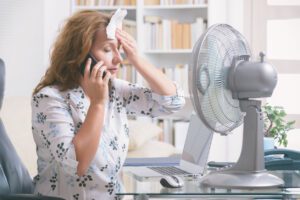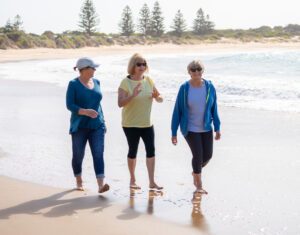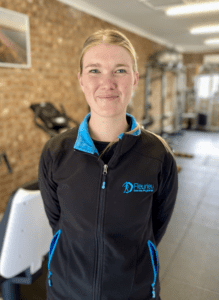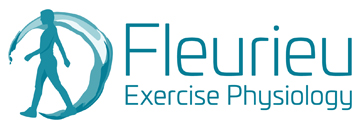Menopause…a time that brings many women confusion and dread as they draw closer to midlife. It brings horror stories of night sweats, insomnia, low mood or mood swings, body changes and so much more. Now there are a lot of things we can’t change during this time. However, there are many things we can control during this time so we can continue to do the things we love!
Firstly, What is menopause??
Now let’s first clarify what the four stages of menopause are and what actually happens during these stages. Because this in itself can cause confusion and can help us determine which strategies might be best to use.
Stage 1 (Premenopause) – this is clinically termed as a ‘normal’ menstrual cycle.
Stage 2 (Perimenopausal) – The transition period between reproductive and non-reproductive stages of life. Unfortunately, this occurs regardless of if you have had children or not. This stage can last up to 8 years and is defined by changes in your menstrual cycle. In this stage we start to see things such as mood swings, hot flushes and more. Perimenopause often starts between the ages of 47-50 but can start as early as 39 or as late as 51 years of age.
Stage 3 (Menopausal) – Menopause is defined as 12 consecutive months without a period. Some medical conditions and treatments can make this hard to determine due to their effects on hormonal control. However, if you have any bleeding during this time then you are likely still in perimenopause. Menopause typically starts from ages 48-52 but can happen earlier also. During menopause we still see symptoms such as hot flashes, joint stiffness, breathlessness, vaginal dryness and incontinence (see our blog or listen to our pelvic floor talk if you are struggling with this).
Stage 4 – (Post-menopausal) – period after menopause or after being without a period for 12 months.
Symptoms

Now, I have mentioned a few symptoms already but it is important to note that all women will have an incredibly individual experience when going through menopause. This can be frustrating in itself because it can be really hard to determine what is or isn’t menopause. Research predicts that over 1 billion people will be going through menopause in 2030 and 70% of people will have significant symptoms that will impact their day to day life. I have placed a list of some of these common symptoms below;
- Irregular period
- Stress or urinary incontinence
- Depression
- Vaginal dryness
- Hot flashes/ night sweat
- Sleep problems
- Fatigue
- Mood changes
- Weight gain or slowed metabolism
- Thinning of hair/ dry skin
- Loss of breast fullness
- Short term memory loss/ brain fog
- Migraines
How can exercise help?

“I feel terrible and the last thing I want to do is exercise so why should I?”
No matter what your goals are to get you through menopause, it is highly recommended to include both strength AND aerobic exercise into your routine. This is because menopause and post-menopause increase our risk of developing conditions such as osteoporosis (reduced bone mass) and sarcopenia (reduced muscle mass). Loss of muscle mass can affect things such as walking, getting off the ground after playing with grandchildren, standing up off the toilet, carrying things from one room to the other, or getting up after a fall. In a similar fashion, osteopenia can lead to osteoporosis which can increase our risk of broken bones or stress fractures. It is estimated that 40% of women will experience an osteoporotic fracture post menopause. The good news is we can prevent them both!!
Completing strength training 2-3x weekly for approx 30 minutes is enough to give your muscles the stimulus they need. We recommend completing 2-3 sets of 6-10 reps can help to gain strength to get bone and muscle benefits.

I’m already strength training, what else can I do?
Throughout menopause we get a drop of estrogen and progesterone which can lead to the influx of the symptoms we experience. Did you know that exercise can actually help level our estrogen levels when completed regularly? Getting little bouts of movement throughout the day can be incredibly important for our hormonal health. This could look a little like taking the dog for a walk for 30 minutes daily or 2-3x small walks around the block for 5-10 minutes (morning and then at night).
If you find it hard to stick to a routine, aren’t sure what would be best for you, or have other health conditions which make it hard to start an exercise program, we are here to help! Exercise Physiologists are university qualified allied health professionals who are trained to design and deliver exercise and movement to help people with hormonal, muscle bone and cardiovascular complications. If you want to book in or find out more about how we can help, chat to one of our friendly staff.
Want to find out more first? Email us at admin@fleurieuep.com.au to receive a FREE podcast on how to tweak nutrition, lifestyle and exercise tips to help you live your best life throughout these difficult life phase.
Author: Maddie Warner, Accredited Exercise Physiologist




